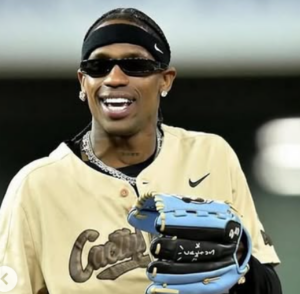Kashmir Red Stag got IUCN Critically Endangered Status
- Kashmiri Red Stag or Hangul got protection with the International Union for Conservation of Nature (IUCN) all set to declare it a ‘critically endangered’ species on October 18, 2016.
- Hangul was distributed in the mountains of Himalaya, Kashmir, Chenab Valley and Chamba district in Himachal Pradesh.
- However, there is only one viable population left today in the wild, which is largely confined to the Greater Dachigam Landscape (1000 sq km), encompassing the Dachigam National Park (NP) and adjoining protected areas.
- It is listed under Schedule-I of the Indian Wildlife (Protection) Act, 1972 and J&K Wildlife (Protection) Act, 1978 and has also been listed among the top 15 species of high conservation priority by the Government of India.
Landmark Agreement Reached in Kigali to Fight Global Warming
- On October 16, 2016, countries came to an agreement in Kigali to phase out a family of potent greenhouse gases by the late 2040s and move to prevent a potential 0.5° Celsius rise in global temperature by the end of the century.
- In all, 197 countries, including India, China and the USA, agreed to a timeline to reduce the use of HFCs by roughly 85% of their baselines by 2045.
- All countries are in one of three groups with different timelines to go about these reductions. The richest countries, including the USA and those in the European Union, will freeze the production and consumption of HFCs by 2018, reducing them to^about 15% of 2012 levels by 2036. China, Brazil and all of Africa, will freeze HFC use by 2024, cutting it to 20% of 2021 levels by 2045.
- India is part of a group that will only be freezing HFC use by 2028 and reducing it to about 15% of 2025 levels by 2047.
- Unlike the Paris agreement that will come into force by 2020 and doesn’t legally bind countries to their promises to cut emissions, the amended Montreal Protocol will bind countries to their HFC reduction schedules from 2019.
India to Eliminate use of HFC-23 by 2030
- India committed that it will eliminate the use of HFC-23, a greenhouse gas that harms the ozone layer, by 2030 on October 14, 2016.
- The announcement came at a meeting of parties to the Montreal Protocol at Kigali in Rwanda where final negotiations are taking place to substantially reduce the use of HydroFluoroCarbons (HFCs) by 2030.
- The Montreal Protocol, which came into force in 1989, is aimed at reducing the production and consumption of ozone depleting substances in order to protect the Earth’s fragile ozone layer.
- HFC-23, a potent greenhouse gas with global warming potential of 14800 times more than that of C02, is a by-product of HCFC-22, which is used in industrial refrigeration. HCFC stands for hydrochloroflurocarbon.
Read Also – IBPS Bank Question Papers.




